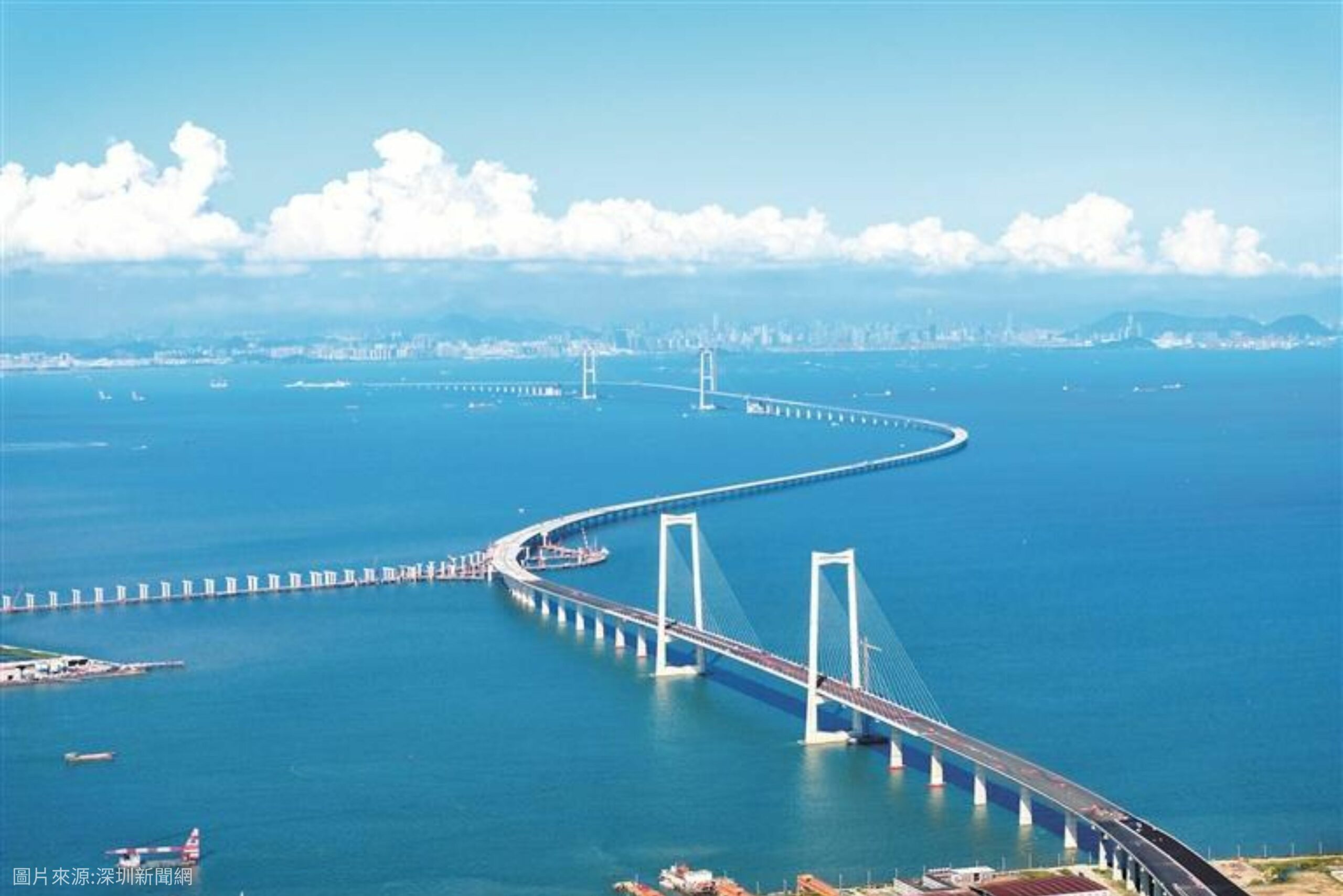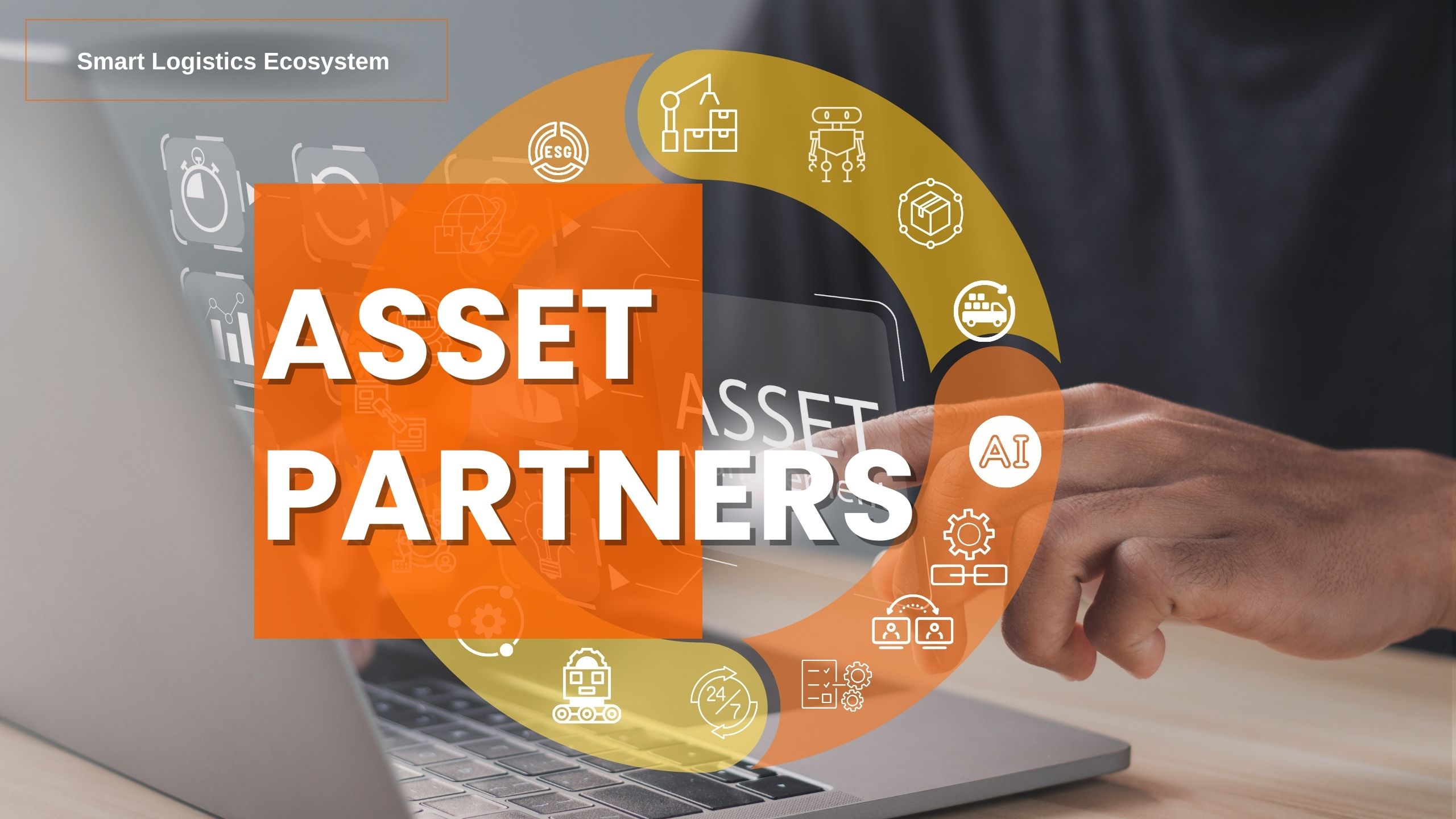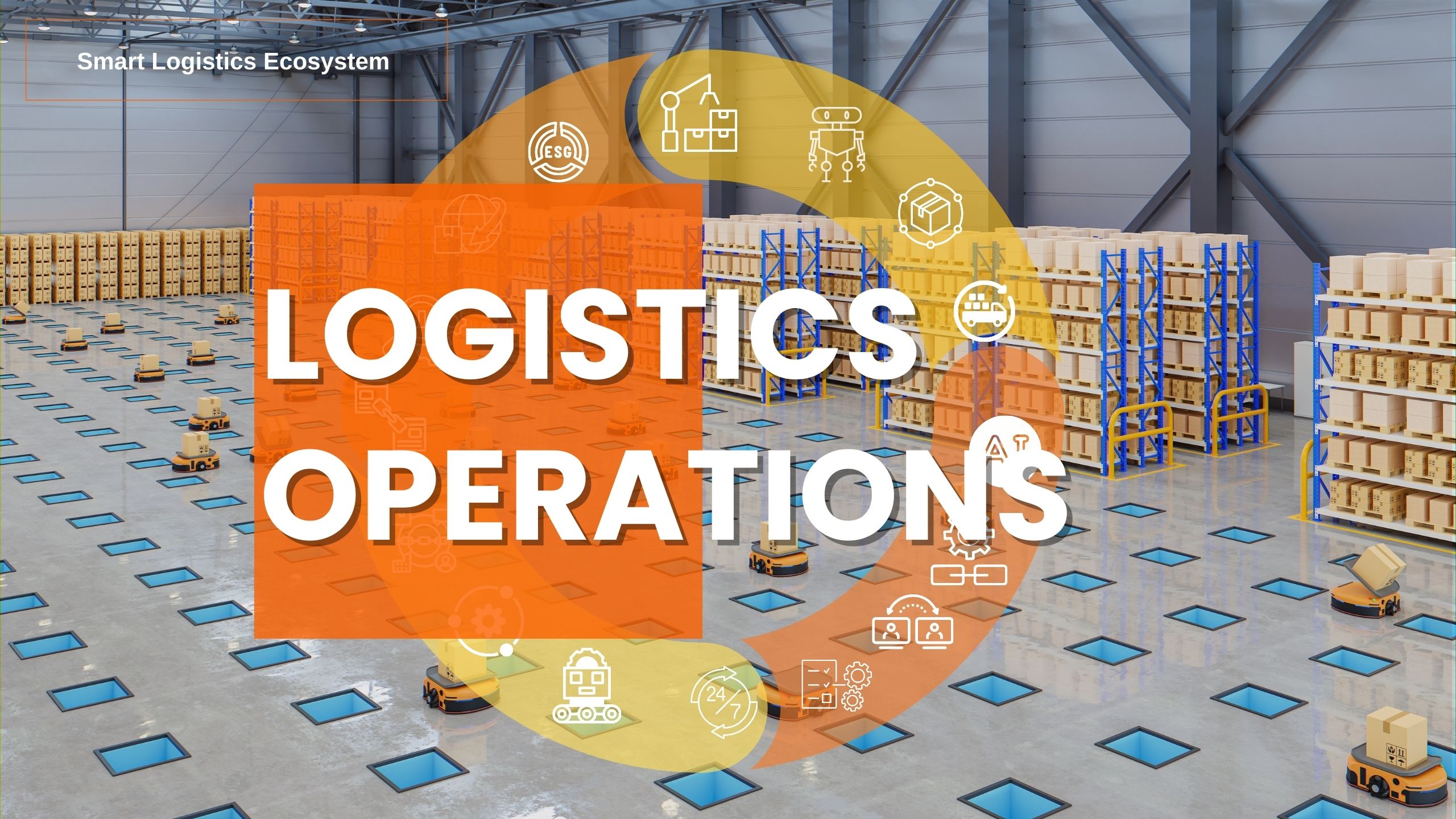Challenges in the GBA Logistics Industry
- September 1, 2023

The Greater Bay Area (GBA) presents numerous challenges for the logistics industry, including navigating complex transportation networks and managing vast amounts of information while maintaining a delicate balance between cost and service efficiency. The “Report on Logistics in the Guangdong-Hong Kong-Macao Greater Bay Area (2023)” reveals that the cargo volume in the GBA’s nine cities (excluding Hong Kong and Macao) has surged to 2.414 billion tons, necessitating the optimization of logistics systems to meet the immense transportation demands.
There are three key areas influencing the logistics industry:
- Supply chain complexity:
According to IDC’s predictions, by 2025, over 50% of supply chain companies in China will integrate IoT and blockchain functionalities to meet the data requirements for end-to-end communication. The demand for logistics optimization and digitization is rising within the GBA. Logistics enterprises must continually enhance transportation and warehousing efficiency, reduce costs, and provide superior logistics solutions. Managing the intricacies of the supply chain necessitates effective coordination and oversight of various links to ensure the timely delivery of goods.
2. Technological innovation application:
The logistics industry also grapples with emerging technologies and digitalization challenges, compelling companies to drive innovation and transformation. Furthermore, the construction and operation of logistics networks require substantial investments and resources.
3. Sustainable development regulations:
There is growing societal concern about environmental sustainability, placing increased pressure on the logistics industry to reduce carbon emissions and environmental impact. Initiatives such as minimizing carbon emissions during transportation, promoting the use of green energy, and improving transportation efficiency have become critical imperatives for fostering sustainability within the logistics sector. Logistics companies must also meet the demands of environmental protection, sustainable development, and green logistics.
The logistics industry faces a triad of pressures encompassing supply chain management, technological advancements, and environmental considerations. As integration within the Greater Bay Area gains momentum, logistics enterprises must adopt new technologies and management models to enhance operational efficiency and mitigate ecological costs, thereby positioning themselves favorably in the competitive market.
Bolstering regional cooperation will be an essential avenue for industry players to pursue.
Other News
- All Post
- Greater Bay Alliance

The long-awaited Shenzhen-Zhongshan Bridge has finally passed its completion inspection on June 16th. This infrastructure marvel, comprising an underwater tunnel through the Pearl Riverbed and a cross-sea highway bridge, will connect the two cities and slash their travel time to just 30 minutes.

The 15th LET - a CeMAT Asia Event was officially unveiled recently, held for three consecutive days (May 29-31) at the Guangzhou China Import & Export Fair Complex.

Asset partners comprise capital investors and real estate providers with financial resources and physical logistics properties such as warehouses, logistics centers, and distribution centers. Both parties are driven by achieving long-term stable returns and asset appreciation, but they may need more experience in operating logistics assets.

With the increasing demand for online shopping, the logistics industry faces significant challenges and opportunities. To meet the growing needs, logistics operators must invest substantial funds in acquiring new logistics equipment, such as automation, intelligence, and digitization, to enhance operational efficiency and service levels. However, such investments can be a significant burden for many logistics operators.
